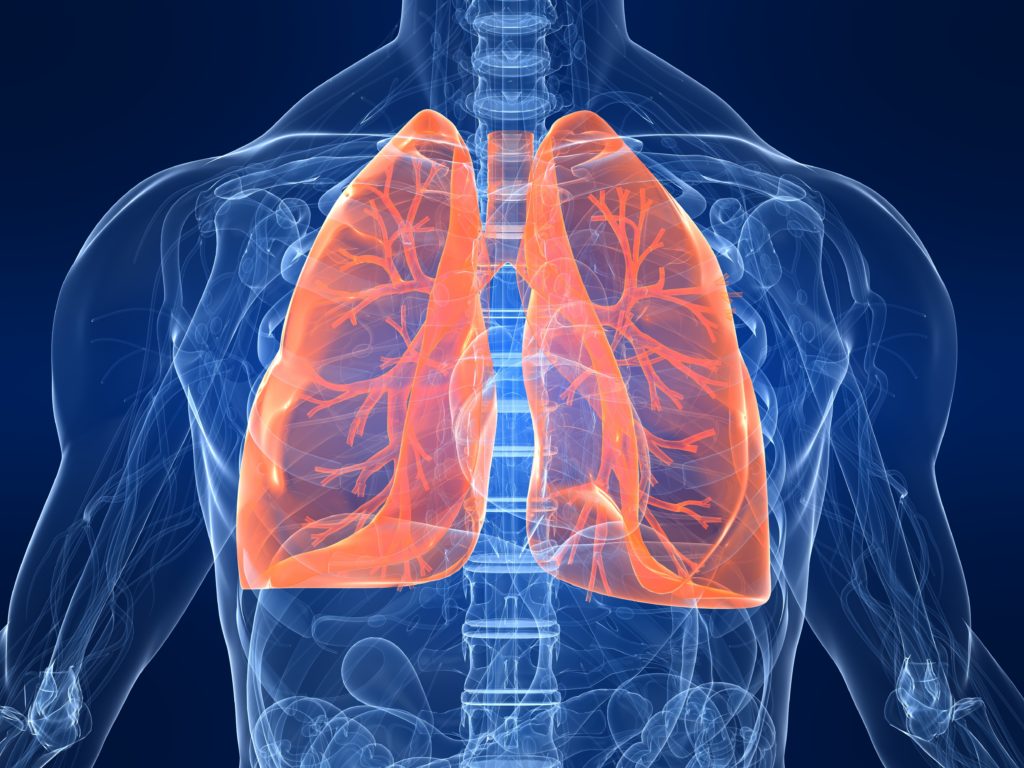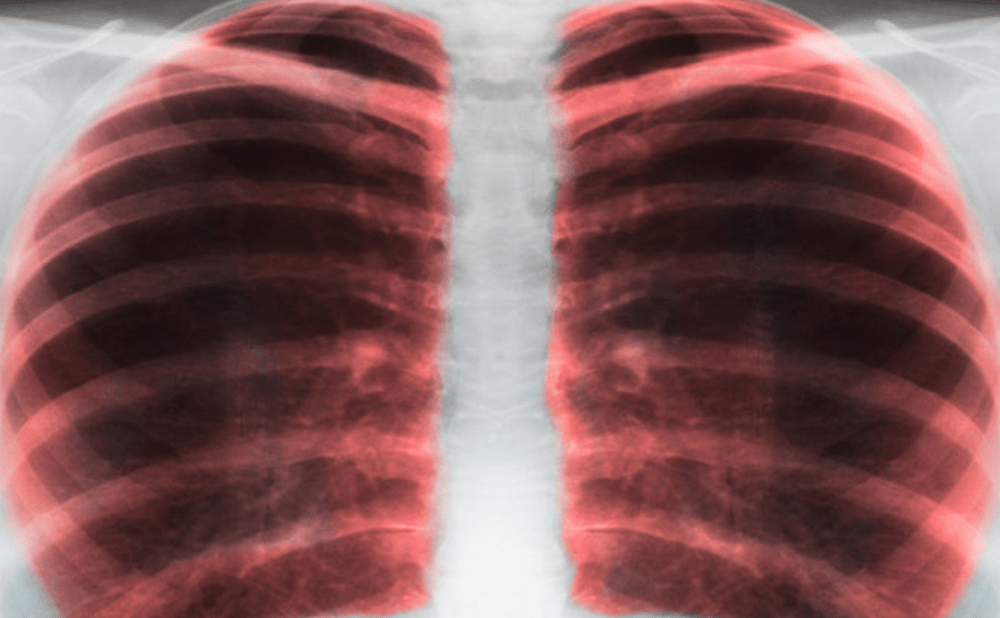Welcome to the latest edition of touchREVIEWS in Respiratory & Pulmonary Diseases. As we continually strive to deliver cutting-edge research and insightful commentary, this issue is no exception, featuring a diverse array of articles that illuminate both emerging treatments and evolving practices within the field of respiratory and pulmonary medicine.
We begin with a compelling commentary by Stephen K Field titled “Camlipixant: A New Treatment Option for Refractory Chronic Cough?”. Field explores the difficulties and challenges inherent in current treatments for refractory chronic cough, and the potential of camlipixant, a promising new therapeutic agent targeting purinergic receptors, that could revolutionize disease management. His insights provide a nuanced understanding of this novel treatment, sparking important discussions on its clinical applications and future prospects.
Mario Cazzola et al. offer a highly practical and insightful piece in their practice pearl “Practical Approaches to Identifying Early Chronic Obstructive Pulmonary Disease”. Their article emphasizes the importance of early detection and presents effective strategies that clinicians can implement to improve patient outcomes, thereby addressing a critical need in respiratory care.
Environmental sustainability is a growing concern in medical practice, and this issue’s editorial by Laurence Désy, Philippe Lachapelle, and Simon Couillard tackles this head-on. In “The Excessive Carbon Footprint of Inhalers Used in Airway Disease and its Remedies”, the authors provide a thought-provoking analysis of the environmental impact of inhaler use and propose actionable solutions to mitigate this footprint, urging the respiratory community to consider ecological as well as clinical responsibilities.
Antonio Fabozzi and Paolo Palange contribute a comprehensive narrative review titled “Roflumilast Role in the Prevention of Acute Exacerbation in Chronic Obstructive Pulmonary Disease”. This review meticulously examines the efficacy of roflumilast, a phosphodiesterase 4 inhibitor, in preventing COPD, especially in patients with frequent acute exacerbations, the leading cause of mortality in patients with chronic obstructive pulmonary disease.
In another significant review, Meenakshi Sridhar and Tejaswini Kulkarni delve into the complexities of fibrotic lung diseases in “Diagnosis and Management of Fibrotic Interstitial Lung Disease: A Primer”. This primer serves as an essential guide for clinicians, detailing diagnostic criteria and management strategies for this challenging subset of pulmonary conditions.
Keith C Meyer’s review, “The Saga of Recombinant Human Pentraxin-2 as a Potential Therapeutic Agent for Pulmonary Fibrosis”, traces the journey of recombinant human pentraxin-2 from research to potential clinical application. Meyer’s thorough exploration highlights both the promise and challenges associated with this innovative therapy.
“The Changing Landscape of Surgical Treatment for Early-stage Non-small Cell Lung Cancer” by Sylvia S Yong and Christopher M Kapp presents a brief review of the evolution of surgical practice from conventional resection to recent advancements. Their work underscores the evolving nature of treatment paradigms and the importance of staying abreast of surgical innovations to optimize patient outcomes.
Matthew T Ryan, Helen Hieu Nguyen, and Andrea M Hebert provide a focused review on the area of nasal anatomy in “The Impact of Nasal Anatomical Abnormalities on Respiratory Conditions: A Focused Literature Review”. Their review emphasizes the significant influence that nasal structure and obstruction can have on respiratory health, offering insights that could refine diagnostic and treatment approaches.
Lastly, we feature a review by Anahita Shiva and Taylor B Teplitzky titled “Advancements in the Treatment of Paediatric Sleep-disordered Breathing Using Hypoglossal Nerve Stimulation”. This article explores the literature for sleep-disordered breathing in children, highlighting hypoglossal nerve stimulation as a promising therapy that could transform care for affected children.
Each article in this issue contributes to the rich tapestry of knowledge that drives our field forward. We hope that you find these contributions both informative and inspiring, fuelling your continued commitment to advancing respiratory and pulmonary health.
Carolyn D’Ambrosio
Dr Carolyn M D’Ambrosio is Associate Professor of Medicine at Harvard Medical School and was formerly the Program Director for the Harvard-Brigham and Women’s Hospital Fellowship in Pulmonary and Critical Care Medicine. Dr D’Ambrosio received her MS and MD from The George Washington University School of Medicine in 1988 and 1991 respectively. She completed her residency in Internal Medicine at Strong Memorial Hospital, University of Rochester, Rochester, NY and was selected and served as Chief Medical Resident there as well. Her Pulmonary and Critical Care training was done at Yale University School of Medicine and included subspecialty focus on Sleep Medicine. Following her fellowship, she became an Instructor and then Assistant Professor of Medicine at Yale University School of Medicine. In 2001, Dr D’Ambrosio, was recruited to New England Medical Center as Director of the Center for Sleep Medicine and was both Assistant and then Associate Professor of Medicine at Tufts University School of Medicine. While at Tufts, she also served as Chair, Ethics Committee from 2007 until she went to Brigham and Women’s Hospital in 2015. She has been awarded Best Teacher from both medical students and residents during her years on the faculty and received a Distinguished Teaching Award from the Pulmonary Division at Tufts Medical Center prior to her departure from there. She was also awarded the Outstanding Medical Educator award from the national Association of Pulmonary and Critical Care Medicine Program Directors in 2022, and has received the top teaching awards at every place she has worked: Tufts Medical Center, Yale School of Medicine and Brigham and Women’s Hospital. In addition to teaching and clinical work, Dr. D’Ambrosio has conducted research in the area of Sleep and Menopause, Sleep and Breathing in Infants, and participated as the sleep medicine expert in two systemic reviews on home sleep apnea testing and fixed versus autotitrating CPAP.











